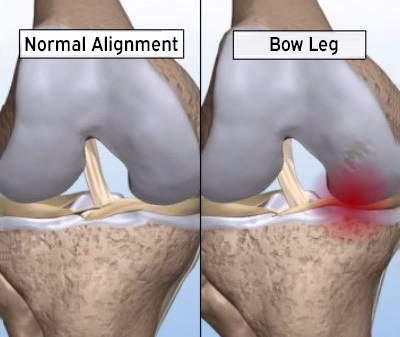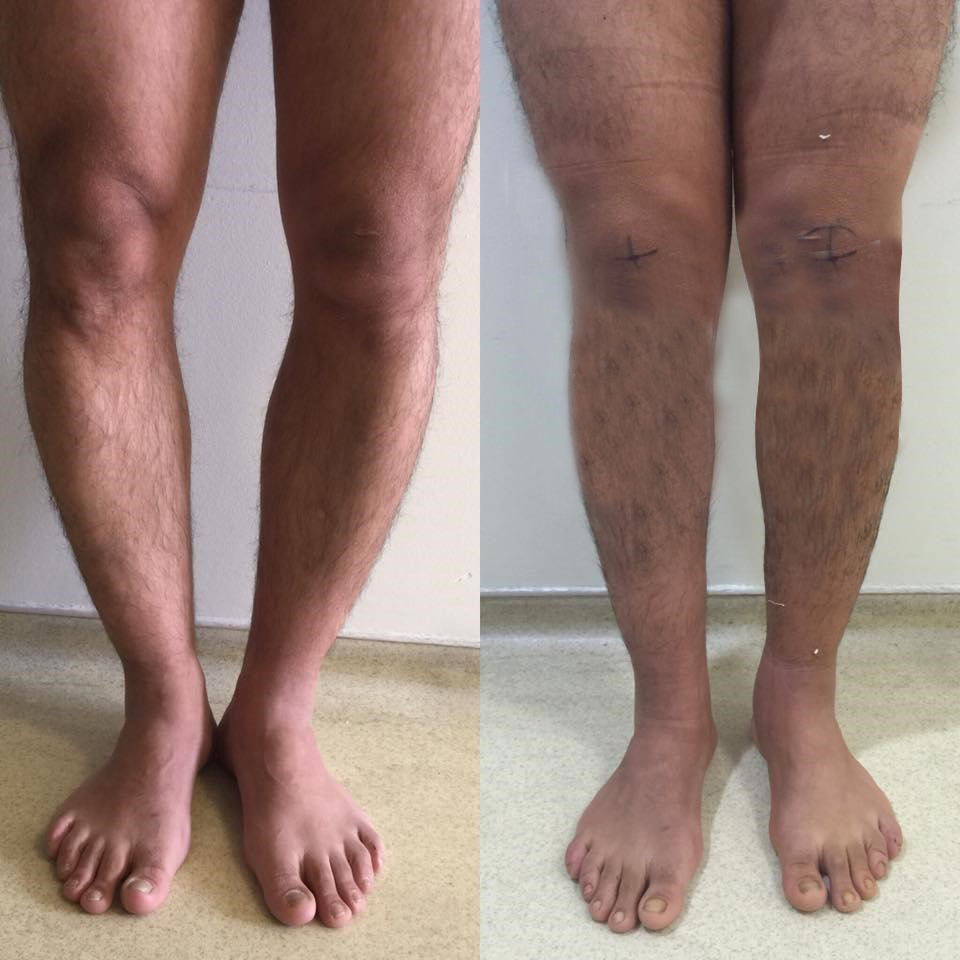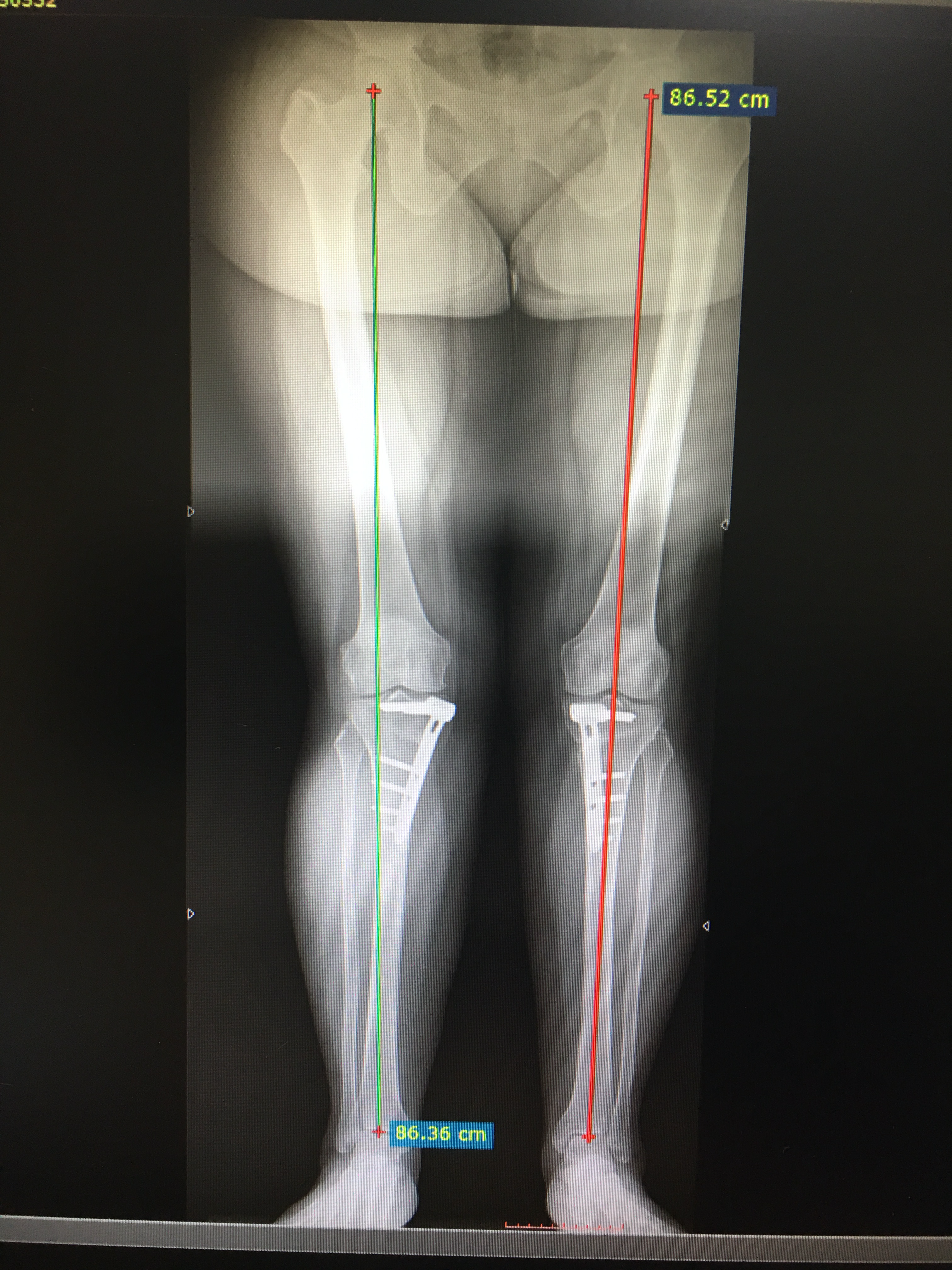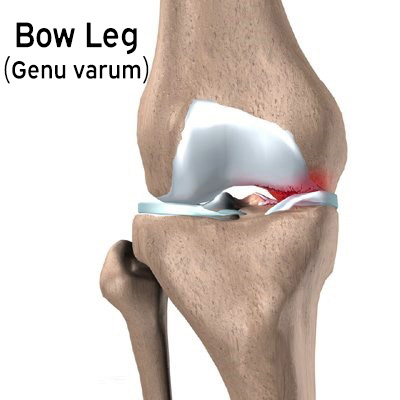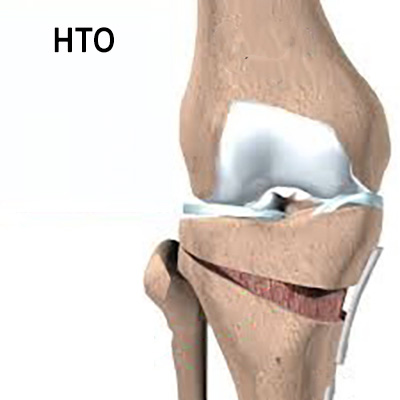The knee joint can be divided into two halves, as inner and outer parts. While standing, body weight axis; starting from the head of the hip passing through the middle of the knee and the middle of the ankle. In this way, 60% of our body weight is reflected to internal knee and 40% to external knee parts. Thus, with age, the inner part of the knee wears earlier and the legs are bent inward. This is called ‘O Leg’ (crooked leg: genu varum).

